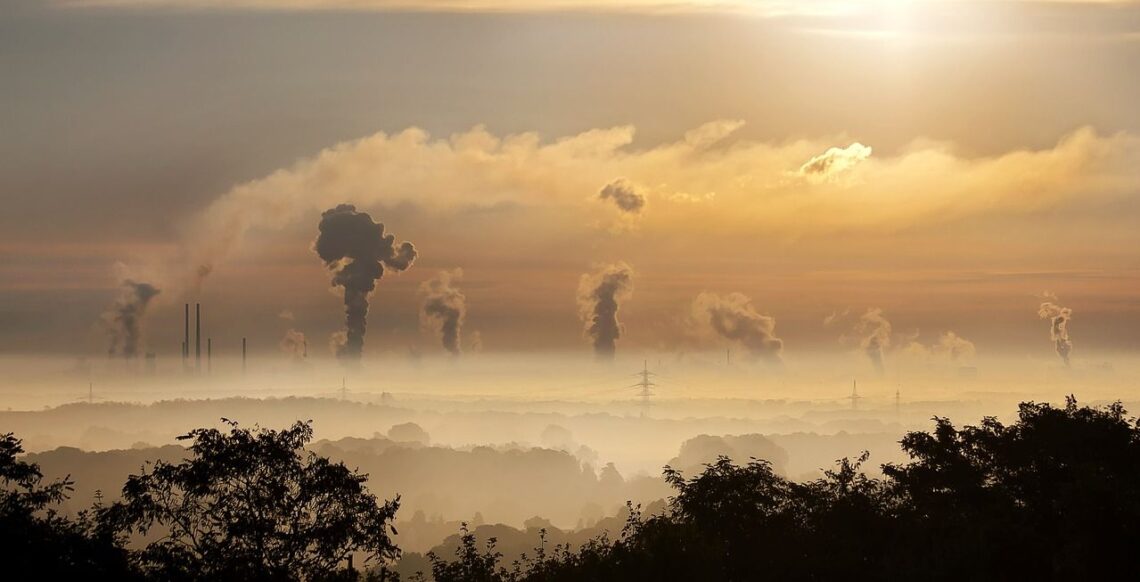Climate change is driving more intense and more frequent heatwaves, which in turn generate a “witch’s brew” of pollutants, threatening the health of humans and all living things, the UN warned Wednesday.
The wildfire smoke that recently suffocated cities from Athens to New York may be the most visible sign of air pollution caused by heatwaves.
But extreme heat can also induce a host of other chemical processes that are hazardous for human health, the World Meteorological Organization (WMO) said in its annual Air Quality and Climate Bulletin.
“Heatwaves worsen air quality, with knock-on effects on human health, ecosystems, agriculture and indeed our daily lives,” WMO chief Petteri Taalas said in a statement.
A new study by the Energy Policy Institute at the University of Chicago suggested that fine particulate pollution from sources such as vehicle and industrial emissions, sand and wildfires is “the greatest external threat to public health” worldwide.
“Climate change and air quality cannot be treated separately,” Taalas stressed.
“They go hand-in-hand and must be tackled together to break this vicious cycle.”
While Wednesday’s report was based on 2022 data, Taalas cautioned that in terms of temperatures, “what we are witnessing in 2023 is even more extreme”.
On Wednesday, the European Union’s Copernicus climate monitor said 2023 was likely to be the hottest year in human history, after the last three months were the warmest ever recorded.
That, in turn, is potentially bad news for air quality.
“Air quality and climate are interconnected because the chemical species that affect both are linked,” the WMO said.
“The substances responsible for climate change and for the degradation of air quality are often emitted by the same sources, and… changes in one inevitably cause changes in the other.”
It pointed for instance to how the combustion of fossil fuels emits carbon dioxide and nitrogen oxide into the atmosphere.
These are not only heat-trapping greenhouse gases but…
Read the full article here








